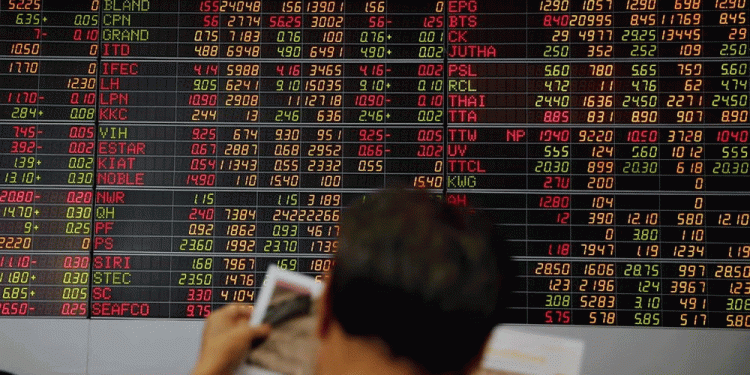The rubber industry in India, which is dominated by small-scale sector, is today estimated at ₹75,000 crore. Out of the 6,000 rubber products manufacturing units, 90 per cent are MSMEs spread across different clusters. MSMEs account for 40 per cent of rubber products exported. All India Rubber Industries Association (AIRIA), the rubber industry body representing the MSME sector, has sought strengthening these MSMEs for the success of Make in India and Skill India initiatives. As AIRIA completes 70 years, its President Mohinder Gupta interacts withBusinessLine on several issues affecting the sector. Excerpts:
How does the rubber sector fit in with the government’s initiatives to increase manufacturing footprint?
The rubber industry has a strategic fit with the government’s initiatives as thousands of units manufacture around 35,000 different rubber products which find usage in auto, defence, healthcare, agriculture and in various other critical sectors.
The industry is highly labour-intensive employing three million people, a large percentage of which are unskilled and around one million skilled. Therefore, the rubber sector has all the ingredients to lead the Make in India and Skill India initiatives.
Why is there a delay in announcing the National Rubber Policy?
The meetings of the working group are over. Different stakeholders have made their submissions. AIRIA has requested the government to come out with the policy at the earliest.
The policy is positioned as one document that will provide the necessary vision for actions to be taken by various stakeholders including the Government, Rubber Board, industry (AIRIA & ATMA), planters, manufacturers, importers, exporters and Capexil, for the benefit of the entire value chain.
Do you think that import of cheap finished products from China affects the Make in India initiative?
Yes. The Make in India initiative is being compromised by large inflow of low-cost products from China. The government is aware of the situation. The Secretary, Department of Industrial Policy & Promotion, has called for strengthening the anti-dumping mechanism in India and safeguards against indiscriminate imports from China.
The recent fall in Chinese currency holds a threat for the domestic industry on two counts: One, the dumping of Chinese products in India will get a further fillip. Secondly, as a consequence of the yuan’s devaluation, India’s competitiveness in export markets will be further impacted.
Will the recent price crash in rubber lead to more imports?
Natural rubber imports are taking place to meet the needs of the industry as domestic availability falls much short of demand. In the current financial year, production has fallen significantly. There is no option but to import. We have always maintained that rubber growers need to be supported with direct subsidies as is being done in other producing countries. Not only domestic production but also quality needs to be enhanced.
The government has desisted from any further increase of import duty on rubber. Are you satisfied?
No, the import duty on raw materials of rubber industry is much higher than the duty on finished products.
In fact, the inverted duty structure has forced many rubber product manufacturers to turn traders and stop manufacturing, leading to shutting down of plants and job losses.
Especially, moulded rubber goods, rubber compounds, rubber rice rollers and balloons manufacturers, etc have been severely impacted.
Could you touch upon the demand for a separate Rubber Export Promotion Council?
The export potential of rubber products from India is enormous. Unfortunately, the share of India in rubber exports market is a paltry 1.48 per cent, whereas China has 6 per cent.
Currently, Capexil takes care of the export promotion. However, it is being increasingly felt that Capexil is not in a position to provide the thrust on exports and promotion of rubber products.
It has as many as 16 panels (rubber being one of them) and the focus gets diluted. We have received a No Objection Certificate from Capexil and the Rubber Board for a separate export promotion council for rubber.




























